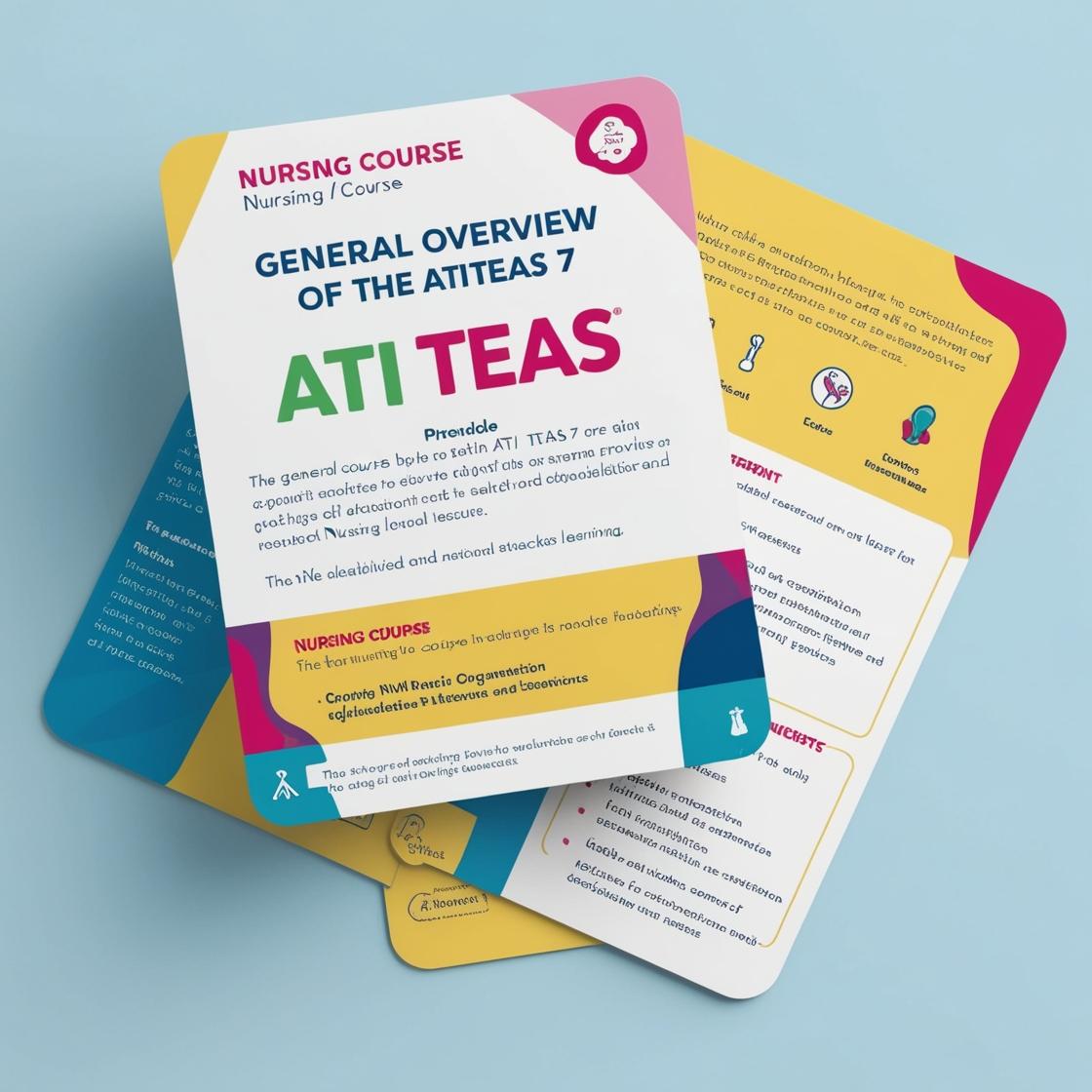ATI TEAS 7
ATI TEAS English and Language Usage
1. Which sentence is an example of passive voice?
- A. The teacher graded the tests.
- B. The tests were graded by the teacher.
- C. The students took the test.
- D. The test was difficult.
Correct answer: B
Rationale: The correct answer is B: 'The tests were graded by the teacher.' This sentence is an example of passive voice, where the subject receives the action. In passive voice construction, the focus is on the receiver of the action rather than the doer. Choices A, C, and D are not in passive voice. Choice A 'The teacher graded the tests' is in active voice where the subject (teacher) performs the action. Choice C 'The students took the test' is also in active voice with the subject (students) carrying out the action. Choice D 'The test was difficult' is in passive voice but does not exemplify the subject receiving an action performed by an agent, which is a defining characteristic of passive voice.
2. Which of the following is the correct tense used in the bold part in this sentence? My grandpa WILL BE WRITING a memoir...
- A. Future progressive
- B. Past perfect
- C. Future simple
- D. Present perfective
Correct answer: A
Rationale: The correct answer is A, Future progressive. 'Will be writing' indicates an ongoing action that will occur in the future, which is the future progressive tense. Choice B, Past perfect, is incorrect as it refers to an action completed before a specified time in the past. Choice C, Future simple, is incorrect as it refers to a simple future action without indicating ongoing progress. Choice D, Present perfective, is incorrect as it does not match the tense used in the sentence.
3. Select the correct verb to complete the following sentence: I _________ about it for a long time before I decided to major in criminal justice.
- A. think
- B. thank
- C. thinked
- D. thought
Correct answer: D
Rationale: The correct answer is 'thought.' 'Thought' is the correct past tense form of 'think.' In this sentence, 'thought' is used to indicate that the thinking process happened in the past before deciding to major in criminal justice. Choices A, B, and C are incorrect. 'Think' is the present tense form, 'thank' is a different verb with a different meaning, and 'thinked' is not a valid past tense form of 'think.'
4. The day was cold and wet. Jesse was worried that he would not beat his best time. Jesse had trained for the marathon for 6 months. Which of the following options uses correct grammar to combine the sentences for clarity?
- A. The day was cold and wet, and Jesse was worried that he would not beat his best time. Jesse had trained for the marathon for 6 months.
- B. Jesse was worried that he would not beat his best time because the day was cold and wet, and he had trained for the marathon for 6 months.
- C. Because Jesse had trained for the marathon for 6 months, he was worried that he would not beat his best time. The day was cold and wet.
- D. Jesse had trained for the marathon for 6 months, but because the day was cold and wet, Jesse was worried that he would not beat his best time.
Correct answer: D
Rationale: Sentence D is the correct choice as it combines the sentences logically and clearly, showing cause and effect. It effectively connects the reason for Jesse's worry (the cold and wet day) with his training for the marathon. Choice A lacks a conjunction before 'Jesse was worried,' making it less clear. Choice B changes the sequence of events and weakens the cause-effect relationship. Choice C incorrectly places the reason for worry after the effect, leading to confusion in the sentence structure.
5. Based on the evidence found, electrical stimulation may be a potential therapy for OSAS, warranting further clinical trial. Which type of document is this sentence most likely from?
- A. Motivational speech
- B. Business memo
- C. Scientific journal article
- D. Personal blog
Correct answer: C
Rationale: The sentence discusses evidence and clinical trials related to a specific therapy, indicating a scientific context. Scientific journal articles are known for presenting research findings, discussing evidence, and proposing further studies, making them the most suitable source for this type of information. Choices A, B, and D are incorrect because a motivational speech is more focused on inspiring and encouraging, a business memo typically deals with internal communication in organizations, and a personal blog reflects individual opinions or experiences, none of which align with the content and tone of the sentence provided.
Similar Questions

Access More Features
ATI TEAS Premium Plus
$150/ 90 days
- Actual ATI TEAS 7 Questions
- 3,000 questions with answers
- 90 days access
ATI TEAS Basic
$99/ 30 days
- 3,000 Questions with answers
- 30 days access
